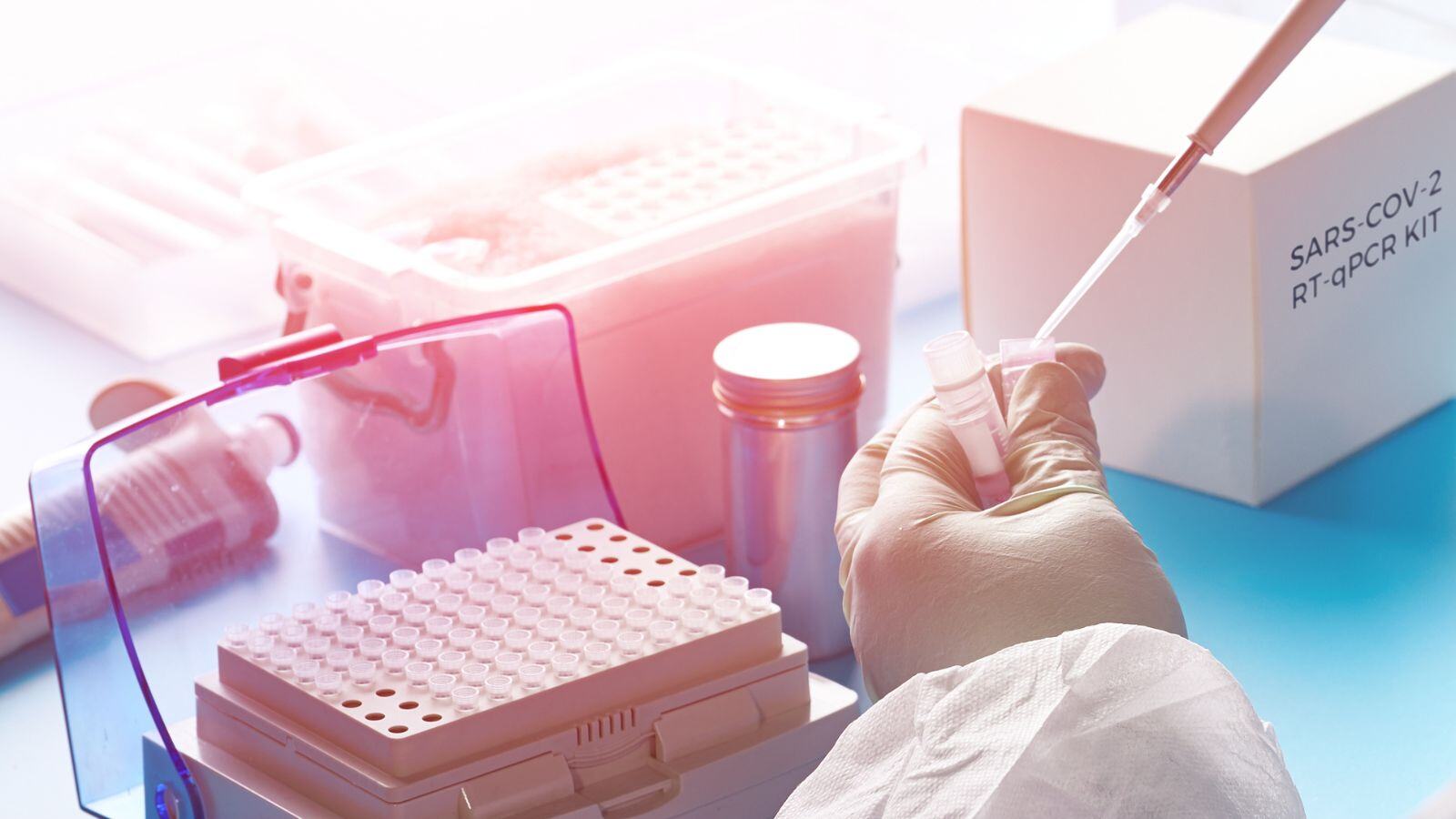What is a Clinical Performance Study?
A clinical performance study evaluates whether an IVD device performs as intended. It assesses for example the device’s diagnostic sensitivity and specificity — indicators that show how well the device correlates with a particular clinical condition or physiological state. This is distinct from FDA 510(k) studies, which primarily compare the performance of a device with a predicate device by the determination of positive and negative agreement percentages.
Key Steps for Conducting a Clinical Performance Study
1. Define the Study’s Intended Purpose
Manufacturers must clearly define the IVDs target population, intended clinical conditions, users, and settings (e.g., laboratory professionals or healthcare providers in near-patient testing). These factors drive study design and performance indicators to be evaluated.
2. Develop a Clinical Performance Study Plan (CPSP)
A detailed CPSP is essential for regulatory approval. It must meet the criteria outlined in IVDR Annex XIII and the ISO 20916 framework, ensuring the study’s scientific and ethical integrity.
3. Obtain Ethical and Regulatory Approvals
Depending on the type and scope of the study, as well as local requirements, it must be determined whether approval from the Ethical Committee (EC) and authorization from or notification to the Competent Authorities (CA) are required. In all cases, informed consent must be obtained, particularly for the use of leftover clinical samples, which may involve general consent or opt-out.
4. Select Study Sites and Investigators
Study sites and investigators must have relevant experience and access to biological specimens that represent the target patient population.
5. Conduct the Study: Data Collection and Monitoring
Manufacturers must ensure proper monitoring and data collection throughout the study to guarantee compliance with the CPSP, IVDR, and ISO standards. Continuous oversight helps to maintain protocol adherence and ethical standards.
6. Data Analysis and Reporting
Once data is collected and verified, it’s analyzed as outlined in the CPSP. The results are summarized in a Clinical Performance Study Report (CPSR), which evaluates whether the device has met its predefined endpoints.
Additional requirements
While the IVDR and ISO 20916 establish general requirements for the process and documentation of clinical performance studies, they do not cover product-specific requirements. For certain devices, additional regulations and guidelines must be considered:
- Common Specifications (Commission Implementing Regulation (EU) 2022/1107) includes performance specifications for certain Class D devices, including devices for blood typing and screening for high risk infectious diseases.
- Standards: specific ISO or EN standards include performance requirements, e.g. EN ISO 15197:2015 on requirements for blood-glucose monitoring systems for self-testing.
- Clinical and Laboratory Standards Institute (CLSI) standards: standards for analytical and clinical performance recognized by laboratories, industry, accreditors, and regulators.
- Medical Device Coordination Group (MDCG) Guidelines: provide a common understanding of how the IVDR should be applied in practice aiming at an effective and harmonized implementation of the legislation
Identifying the relevant regulations, standards, and guidelines for a specific device is a critical step early in the development process. This research, which contributes to understanding the State of the Art, is essential for defining appropriate clinical performance characteristics and establishing acceptance criteria.
Challenges in Clinical Performance Studies
Conducting clinical performance studies also brings several challenges. Understanding these obstacles is crucial for effective planning and execution:
- Delays in approvals: obtaining approvals from EC and CA can extend the overall study duration. This unpredictability can disrupt project timelines, particularly if the submitted CPSP or other relevant documentation are incomplete or poorly prepared.
- Access to suitable samples: finding well-characterized samples can be challenging. Manufacturers may struggle to identify appropriate sites or partnerships, particularly in cases of low positive rates or tests that are rarely performed.
- Data monitoring and compliance: ensuring compliance with the CPSP, IVDR and ISO standard requires ongoing monitoring. Ineffective data management and oversight can lead to compliance issues and inconsistencies in data collection.
- Quality of documentation: inadequate or incomplete documentation can result in delays in approvals. Establishing clear and detailed protocols and reports is crucial for ensuring smooth regulatory processes.
Conclusion
Start planning early! By proactively addressing these challenges and following these steps, manufacturers can ensure their clinical performance studies comply with IVDR and ISO 20916 requirements, while generating the robust clinical evidence needed to bring safe and effective IVD devices to the European market.







.png?width=109&height=108&name=Pharma%20(2).png)
.png?width=111&height=108&name=Medical%20Devices%20(2).png)
.png?width=84&height=107&name=IVD%20(2).png)


















.jpg)
.jpg)